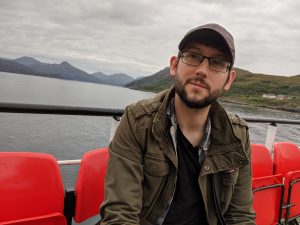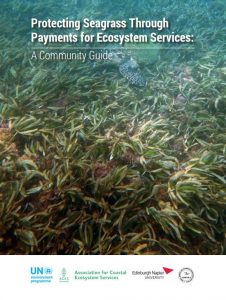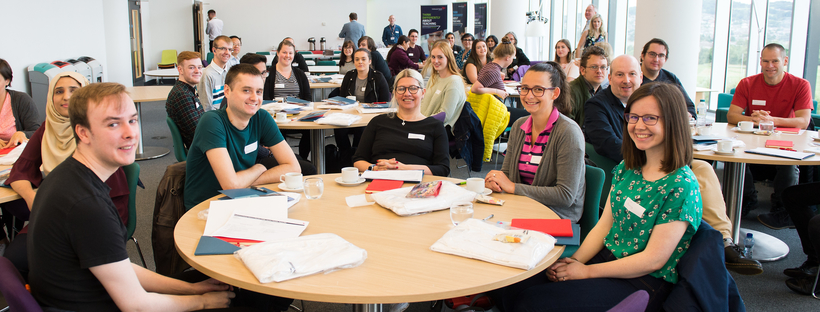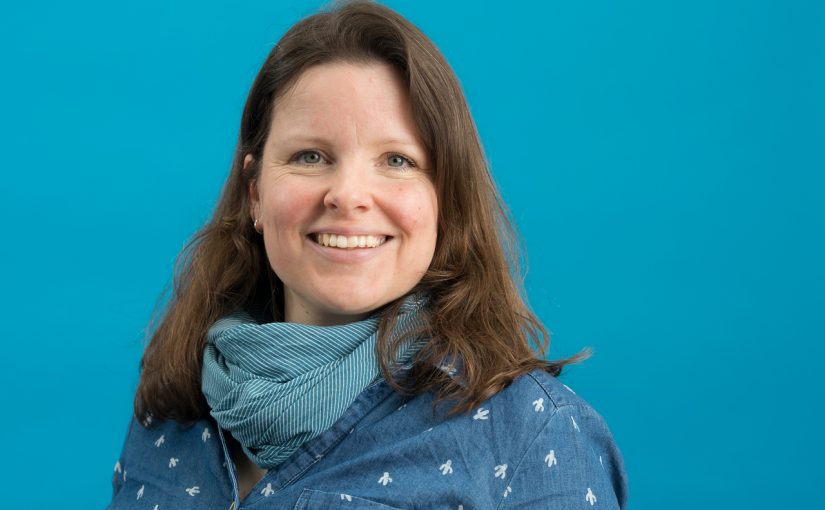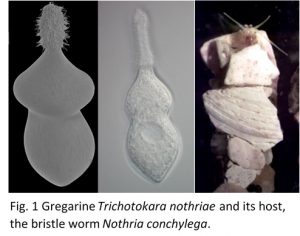I was honoured to be asked by the Cabinet Secretary for Justice to chair a new advisory group which will provide Scottish Ministers with recommendations that will ensure that policing partners are able to embrace appropriate new technologies, while also ensuring they are introduced in the correct manner.
The first meeting of the group in December was focussed on establishing ourselves and agreeing our purpose and remit, clearly delineating what we would and wouldn’t do. The membership of the group is diverse and draws together representatives from the policing and technology sectors, academic experts and specialists in human rights and data protection. We therefore needed to spend time getting to know each other and establishing what each of us can bring to the virtual table.
When we met recently for the second time, we were delighted to be joined by the team at Police Scotland who are planning to introduce body worn video for some officers later this year. They are focusing on armed officers initially, in preparation for COP-26 (the UN Climate Change Conference) in Glasgow. Their presentation generated lots of useful discussion and debate and we agreed as a group to use body worn video as a live case study, which we hope will be of use to both Police Scotland and the group itself as we undertake our work.
We also discussed and agreed how we would organise ourselves and set a timetable for our work. Our workload will be split into manageable chunks by creating four works streams, each of which will be responsible for producing a report for the whole group to consider.
- Legal Framework & Ethical Standards
- Evidence and Scientific Standards
- Consultation and Community Engagement
- Oversight, Scrutiny and Review
Some of our considerations cut right across all these four areas, for example, human rights and data protection. Each work stream will engage with a wider list of experts and practitioners in order to progress their work. We will also launch a call for evidence, which will seek written views on what changes need to be made to ensure that the process that police go through when introducing new technologies is fit for purpose.
We agreed dates for three more meetings this year with the aim of completing our work in early 2022. When we next meet in May, each work stream will report back to the group on the progress they have made and set out clearly the work they will be undertaking to produce a full report to the group by August.
Since we last met the Justice Sub-Committee on Policing published a report on Police Scotland’s use of drones and body worn video and I am pleased to see that much of the work we plan to do through the IAG will assist policing partners in working constructively with key partners towards addressing many of the recommendations made.
I am confident that by drawing on diverse expertise from civil society, academia, statutory bodies, policing and the technology sector, the IAG will bring real improvements to legal and ethical frameworks, strengthen consultation and oversight processes and help develop evidenced, innovative and human rights based policing solutions.
It is clear to me that there is a real passion and desire amongst the group to support policing partners to enhance policy and practice in this complex area. The detailed work starts now and I for one am really excited about the challenge that lies ahead.
Dr Liz Aston



